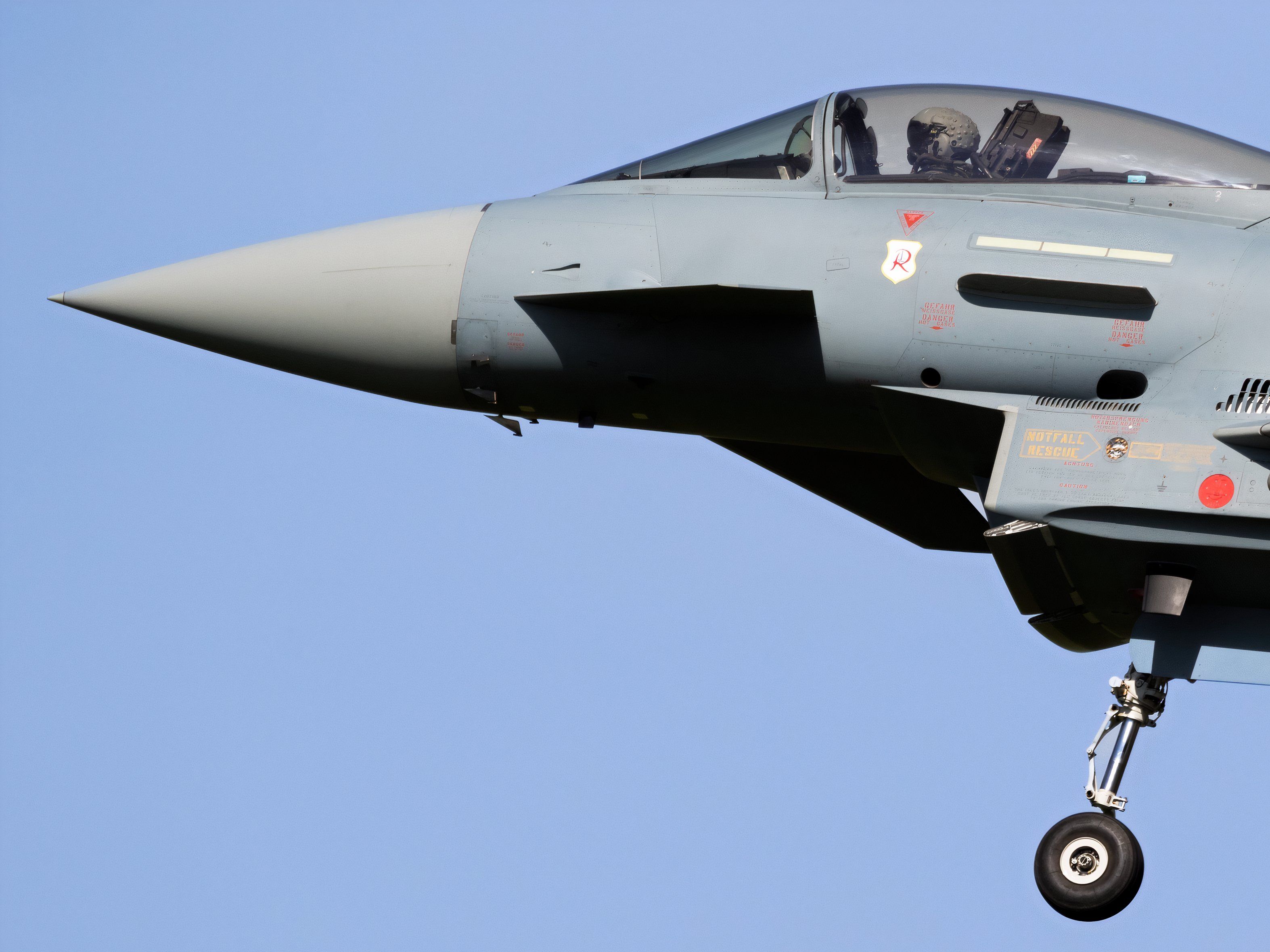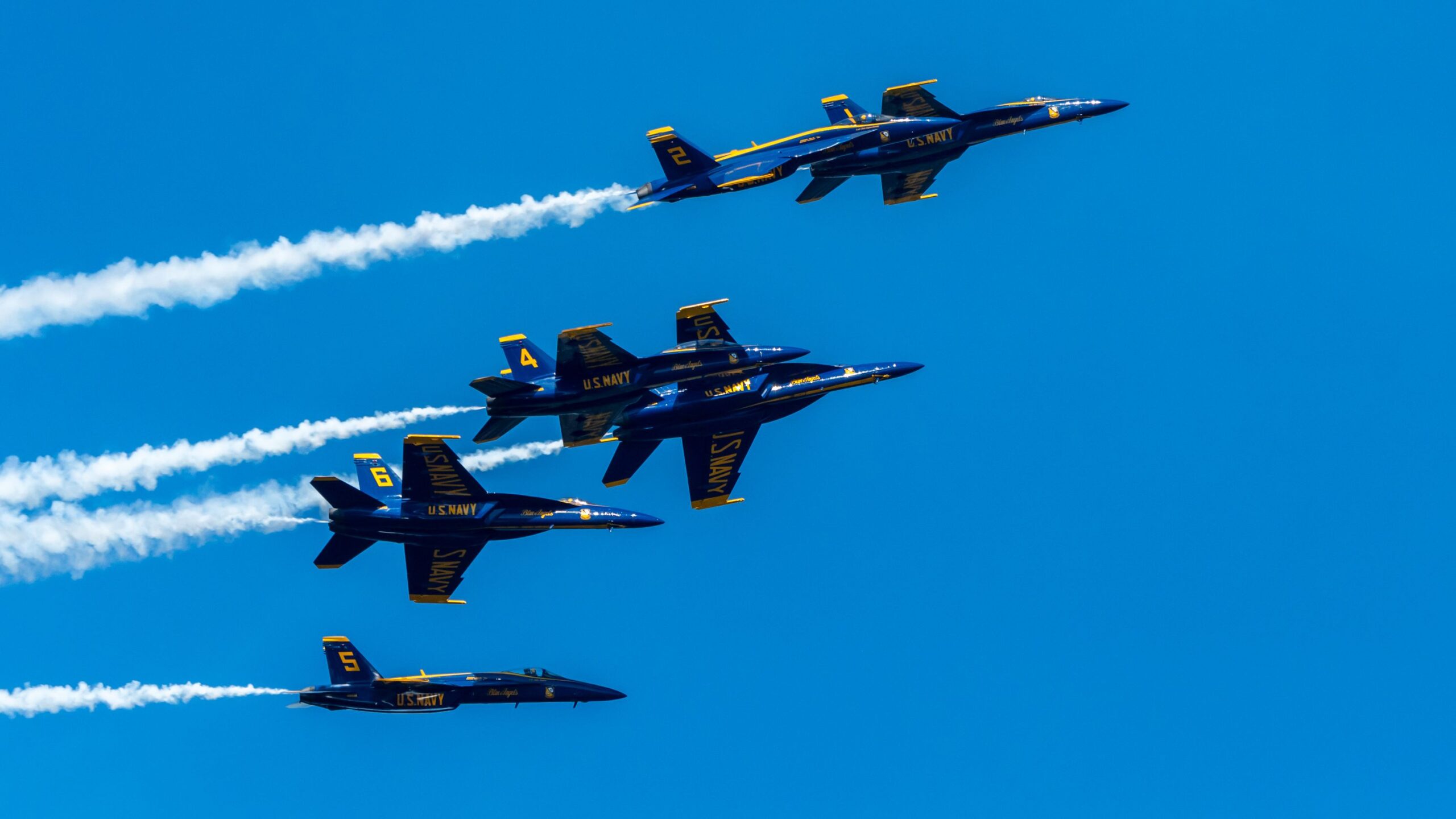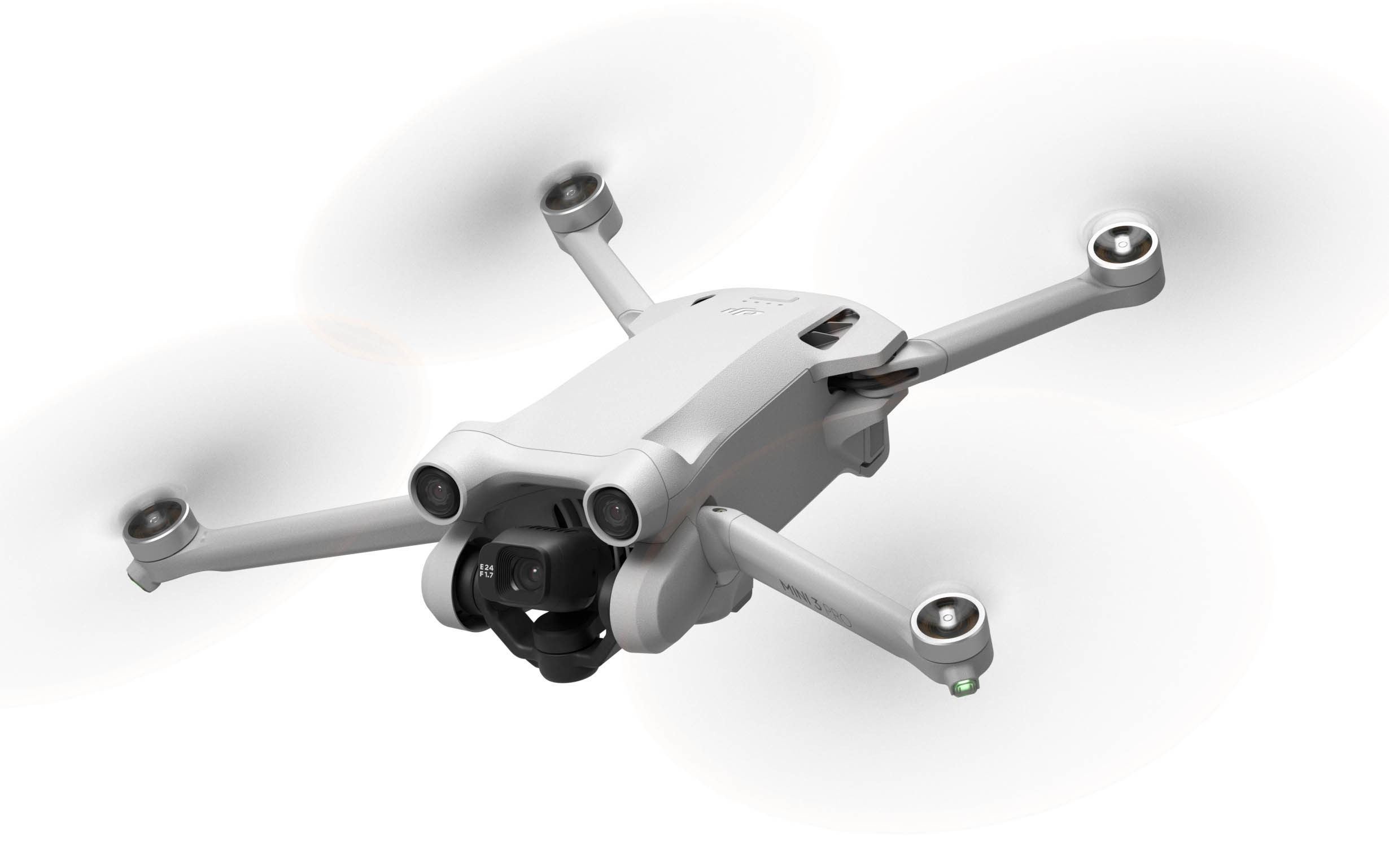Summary
- Putting drones near human-controlled aircraft is reckless and illegal.
- Potential collisions between drones and aircraft can be catastrophic.
- Companies are creating technology to prevent drone threats and hold accountable reckless drone operators.
Once again, a drone operator endangered the US Navy’s Blue Angels formation team by placing their drone over them as they did their famous homecoming formation flypast down Pensacola Beach in Florida. This is far from the first violation of rules regarding drones near human-controlled aircraft, but it is a learning opportunity.
The incident
Aviation Consultant “Combat Learjet” happened to screen capture from Facebook the drone video taken during a ‘Blue Angels beach buzz’ where the US Navy’s Blue Angels formation team, on their return from an airshow to NAS Pensacola, fly down the Pensacola Beach beaches. Below is the screen capture with Combat Learjet’s thoughts:
Clearly, a mishap was possible with the drone flight not being coordinated with the Blue Angels beforehand.
The law
A quick Bing (or Google) can have one land on the US Federal Aviation Administration (FAA) webpage Small Unmanned Aircraft Systems (UAS) Regulations (Part 107). The webpage states very clearly in the first two bullet points:
- Always avoid manned aircraft.
- Never operate in a careless or reckless manner.
Clearly, the guidance was violated. Additionally, with the Blue Angels flying so tightly, a distraction that could lead to an unplanned control surface movement may have led to tragedy.
A review of the actual US Code – Title 14, Chapter 1, Subchapter F, Part 107 shows that under 107.23 (a) that “no one may” “Operate a small unmanned aircraft system in a careless or reckless manner so as to endanger the life or property of another.” Clearly, getting close to six human-crewed aircraft in tight formation – and since Blue Angel #4 is Lt. Cmdr. Amanda “Stalin” Lee, we are using the term human-crewed aircraft – applies a “reckless manner”.
What can a drone do to a human-flown aircraft?
Good question. The University of Dayton Research Institute did some collision testing with a DJI Phantom 2 drone in 2018.
As one can see, the penetration of the wing at general aviation speeds is rather intense. Had the collision been at a higher speed, the risk of substantially more damage to the wing and possibly a fuel cell rises.
Not the first incident of drone vs. airshow performers
Sadly this is not the first incident of drone vs. airshow performers. For instance, there were some encounters with drones in 2020 during Operation: America Strong where the Blue Angels and Thunderbirds were conducting flyovers of metro areas.
Another drone incident, according to Fly8ma.com was when a US Army Sikorsky UH-60 Blackhawk hit a DJI Phantom 4 causing, “A 1 and ½ inch dent on one of the blades, cracking the composite fairing and a portion of the window frame, and lodging several components of the drone into the helicopter”. AOPA also reported the drone in question was attempting to automatically return to its take-off spot as the operator lost sight. The accident also happened because the operator did not check for the latest airspace data nor use the latest FAA apps to prevent airspace violations.
d
Photo: DJI
Finally, there was the incident earlier this year in Germany between a Eurofighter Typhoon and a drone. The Eurofighter was thankfully not seriously damaged.

Related
Police Investigate Drone Strike Which Damaged German Air Force Eurofighter
A drone strike in Germany can become a teachable moment for the world’s drone operators.
Additionally, last year, US Air Force Major Kristin “Beo” Wolfe and former F-35A Demo Pilot shared with Simple Flying a very deep personal concern about drones at airshows. Especially considering that the warbirds that are flying do not have an ejection seat. As Major Wolfe shared about personal drones at airshows,
“Not only is it dangerous, but it’s also illegal if an airplane sucks up a drone and its engine, especially a warbird. There’s a chance that pilots never even get out of the airplane because they don’t have ejection seats. So it’s for our safety and the airplane’s safety… It’s pretty important and something that we take pretty seriously.”
However, a growing anti-drone industry is working to neutralize the real threat drones pose to airshows. Some of those tools are being used at airshows.
Rise of the Drone Jammers
One should note that companies like DroneShield, an Australian-US company, Europe’s Bravo Zulu, and Canada’s BlueForce UAV are rising to meet the need… the need to jam drones that can pose a threat to airshows, airports, and other public gatherings. As these firms have technology that can pinpoint a drone pilot’s location, the need to force down a drone is rare. But the capability to jam the link between the drone and the drone pilot is there.
Bottom line
Drone pilots should understand the regulations behind flying their drones – and the risks reckless drone operation creates, including endangering airshows. Additionally, drone pilots should understand the ability to geolocate their operating position exists.
Got questions? Please share in the thread.


